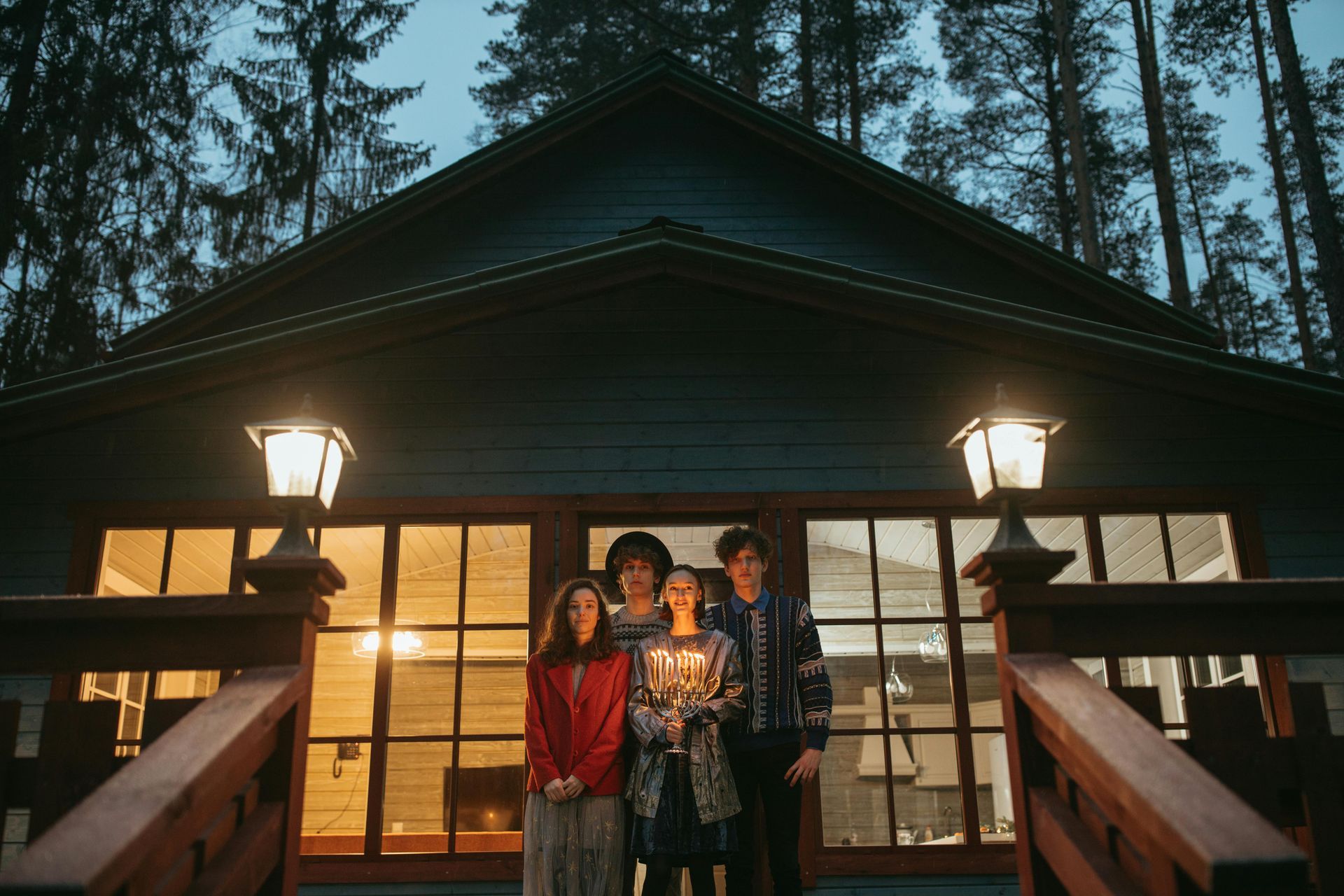The Comprehensive Guide to Roofing Quotes
Beyond Shingles and Prices: The Comprehensive Guide to Roofing Quotes
As a homeowner, getting a new roof or major repairs can be a daunting process, starting with obtaining and understanding roofing quotes. This guide will help you navigate the often-confusing world of roofing estimates, providing insights that many sources overlook.
The True Cost Breakdown
Most homeowners focus solely on the bottom line, but understanding the cost breakdown is crucial. According to the National Roofing Contractors Association (NRCA), a typical roofing quote should include:
- Materials: 40-50% of total cost
- Labor: 40-50% of total cost
- Overhead: 10-20% of total cost
- Profit: 10-20% of total cost
What's often not mentioned is that these percentages can vary significantly based on factors like roof complexity and local market conditions.
The Impact of Seasonality
Roofing quotes can fluctuate based on the season. A study by HomeAdvisor found that roofing prices can be up to 15% lower during the off-season (late fall to early spring in most regions). However, weather conditions during these periods may extend project timelines.
Material Price Volatility
The roofing materials market can be volatile. The Producer Price Index for roofing contractors has fluctuated by up to 5% annually in recent years. Some contractors include price escalation clauses in their quotes to protect against sudden material cost increases. Be aware of these clauses and how they might affect your final cost.
Energy Efficiency Considerations
Many homeowners overlook the energy-saving potential of a new roof. The U.S. Department of Energy reports that a cool roof can reduce peak cooling demand by 10-15%. When evaluating quotes, consider the potential long-term energy savings of different roofing systems.
Warranty Variations
Not all warranties are created equal. A study by the Roofing Industry Alliance for Progress found that only 2% of roofing contractors offer comprehensive, long-term warranties that cover both materials and workmanship. When comparing quotes, pay close attention to warranty terms and coverage.
The Hidden Costs of Cheap Quotes
While it's tempting to go with the lowest quote, this can be costly in the long run. The National Association of Home Builders estimates that a quality roof installation can last 20 years or more, while a poor installation may fail in as little as 5 years. Consider the long-term value rather than just the upfront cost.
Code Compliance and Updates
Building codes are regularly updated. The International Code Council revises its codes every three years. Ensure that quotes include provisions for bringing your roof up to current code standards, which can add 5-10% to the total cost but is crucial for safety and insurance purposes.
Insurance Considerations
Your choice of roofing system can affect your homeowner’s insurance premiums. The Insurance Institute for Business & Home Safety reports that homes with certain types of impact-resistant roofing can qualify for insurance discounts of up to 30% in some regions.
Environmental Impact and Disposal Costs
The EPA estimates that construction and demolition debris accounts for 24% of total landfill waste, with roofing materials being a significant contributor. Some contractors now offer recycling options for old roofing materials, which can reduce disposal costs and environmental impact.
The Importance of Ventilation
Proper attic ventilation is crucial for roof longevity but is often overlooked in quotes. The National Roofing Contractors Association states that proper ventilation can extend roof life by up to 25%. Ensure your quote includes an assessment and plan for adequate ventilation.
Post-Installation Services
After installation, ongoing maintenance is crucial. The NRCA recommends annual inspections for most residential roofs. However, a study in the Journal of Performance of Constructed Facilities found that proactive maintenance can extend a roof's lifespan by up to 50%. Look for quotes that include comprehensive post-installation service plans.
The Value of Professional Assessments
While online calculators and satellite imagery can provide rough estimates, they often miss crucial details. A study by the National Association of Certified Home Inspectors found that professional on-site assessments identified up to 30% more issues than remote estimations.
Navigating Roofing Quotes
Understanding these factors can help you make a more informed decision when evaluating roofing quotes. Remember, the lowest quote isn't always the best value in the long run.
For homeowners seeking expert guidance through this complex process, Graduate Contracting offers comprehensive roofing assessments and transparent quoting practices. Their team can help you understand the nuances of each quote, ensuring you make the best choice for your home's long-term needs.
By considering these often-overlooked factors and seeking professional advice, you can make a more informed decision that protects your investment and ensures the longevity of your home. Remember, a well-chosen roofing system is not just an expense—it's an investment in your home's future.


